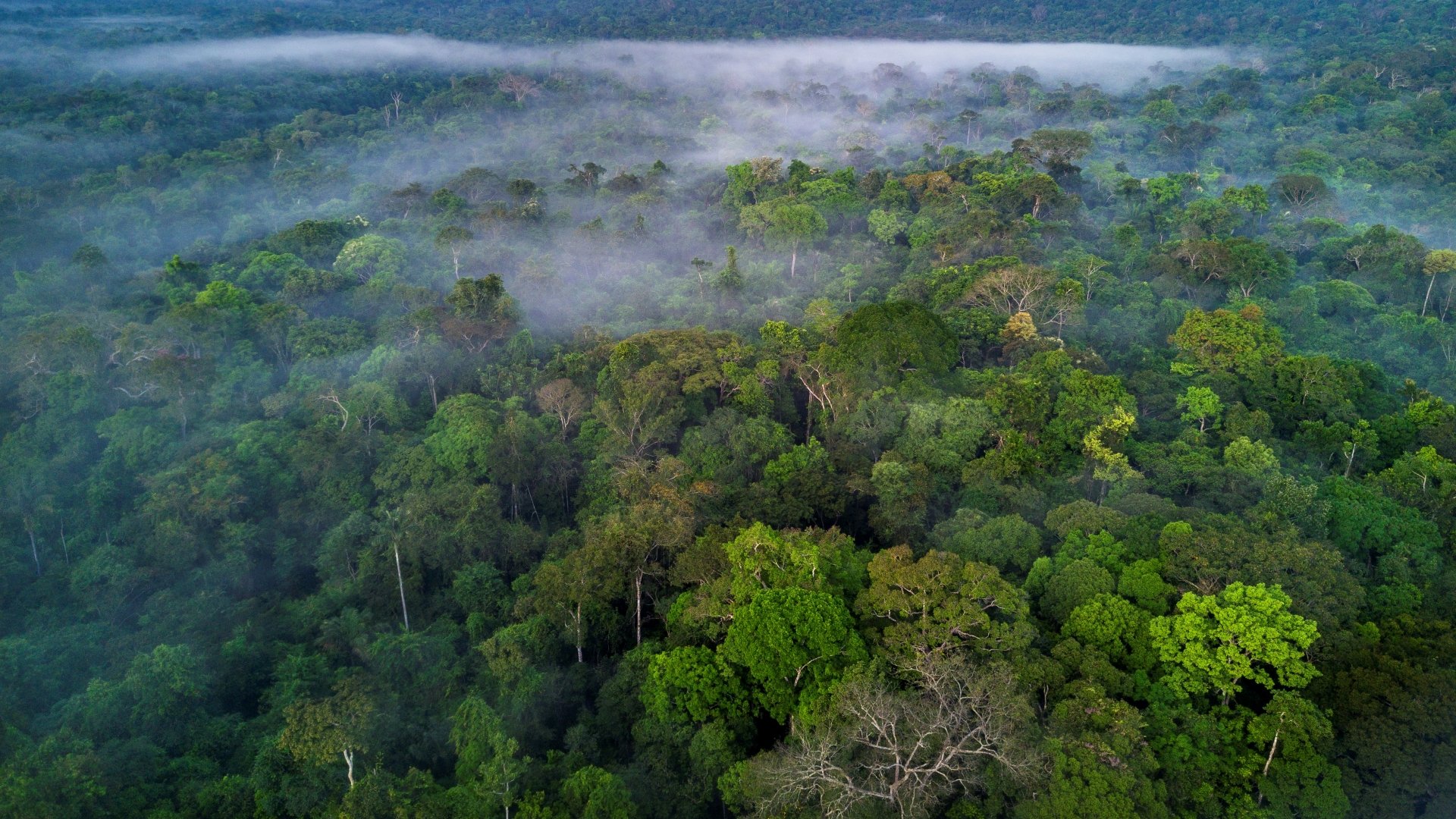
Paper v Plastic
Our R & D Departments have been racing against each other to be the first to make and trademark polythene bags and cardboard boxes that contain artificial intelligence to learn when the product has been used. At this point, it will then activate built-in arms and legs so to save people the time and effort in throwing them away doing it on their behalf.
We jest obviously, humour has always been a British way of dealing with a challenging and in this case, damaging situation.
However, this does strike at the heart of the issue. The undeniable truth is that without changing human behaviour no amount of reducing the volume of packaging used in products will matter.
The product does not throw itself away despite the best efforts of our R & D Department. We really should check what they’ve been doing whilst the rest of us have been working! There is a human hand involved somewhere, whether literally through sheer laziness of people or figuratively by Local Councils or National Governments whereby it is “cheaper” to dispose of than recycle the waste.
Here at Chase we tread a fine line, as we manufacture both products – you get splinters sitting on the fence! Well as always it is not that simple. Both types of Packaging have pros and cons. I could write an essay on this subject but my own attention span has been eroded by technology so I will keep it as short as possible but most importantly factful.
Most people are not aware that Polythene is a by-product (created when refining crude oil and natural gas). Someone much cleverer than I am worked out how to turn it from a purified form, into polymer. Before that, it was disposed of as waste just perhaps not in view of people or in recognisable forms such as bottles or carrier bags. One thing is for sure, it will still find its way to landfill or our oceans.
The second part and perhaps one that is overlooked is that polymer is already in its second life, the recycling process has started from the very beginning.
When the Polythene Bag was first introduced in 1965 it was hailed as a game changer that would help cut down (no pun intended) the number of trees needed for the volume of paper, card and board widely used in the Packaging industry at that time.
Fast forward a short period of time (relatively speaking) and we have gone full circle. Polythene or Plastic is being derided and Paper is seen as the Planet’s saviour.
The issue with the huge change of switching to paper products is the source. Although all of our paper is ethically sourced, the speed at which the human race is destroying rainforests and natural habitat’s of some of the world’s rarest and even yet to be discovered creatures should not be seen as the solution, far from it.
Yes, paper can decompose when thrown away but it can only be recycled 6-8 times before the fibres become too short, whereas polymer (the types we supply) can be recycled over and over again.
I assume you have experienced paper straws not lasting the length of time it takes to drink your beverage or paper knives and forks breaking before you have cut through your food. Well, how do companies use cardboard for long term storage of their products? They wax line or apply a special material, that is polymer based. This way you have the worst of both worlds but from the outside it looks environmentally friendly.
The success of turning the general public’s attitude towards “plastic” is almost unprecedented and perhaps past the point of no return. Only time will tell, maybe when enough time has passed and nothing has changed there may be some redemption.
Truthfully, there should be space for both products within your packaging needs. So many people change specifications due to public perception of their brand rather than for a viable, non-profit reason.
We need real change, bring back manufacturing to the UK. Cut down your carbon footprint by not shipping orders across the world and back again for a cheaper unit cost. Locally made products, paying a fair price and still making a profit at the end….. sounds like a good place to start to me.



